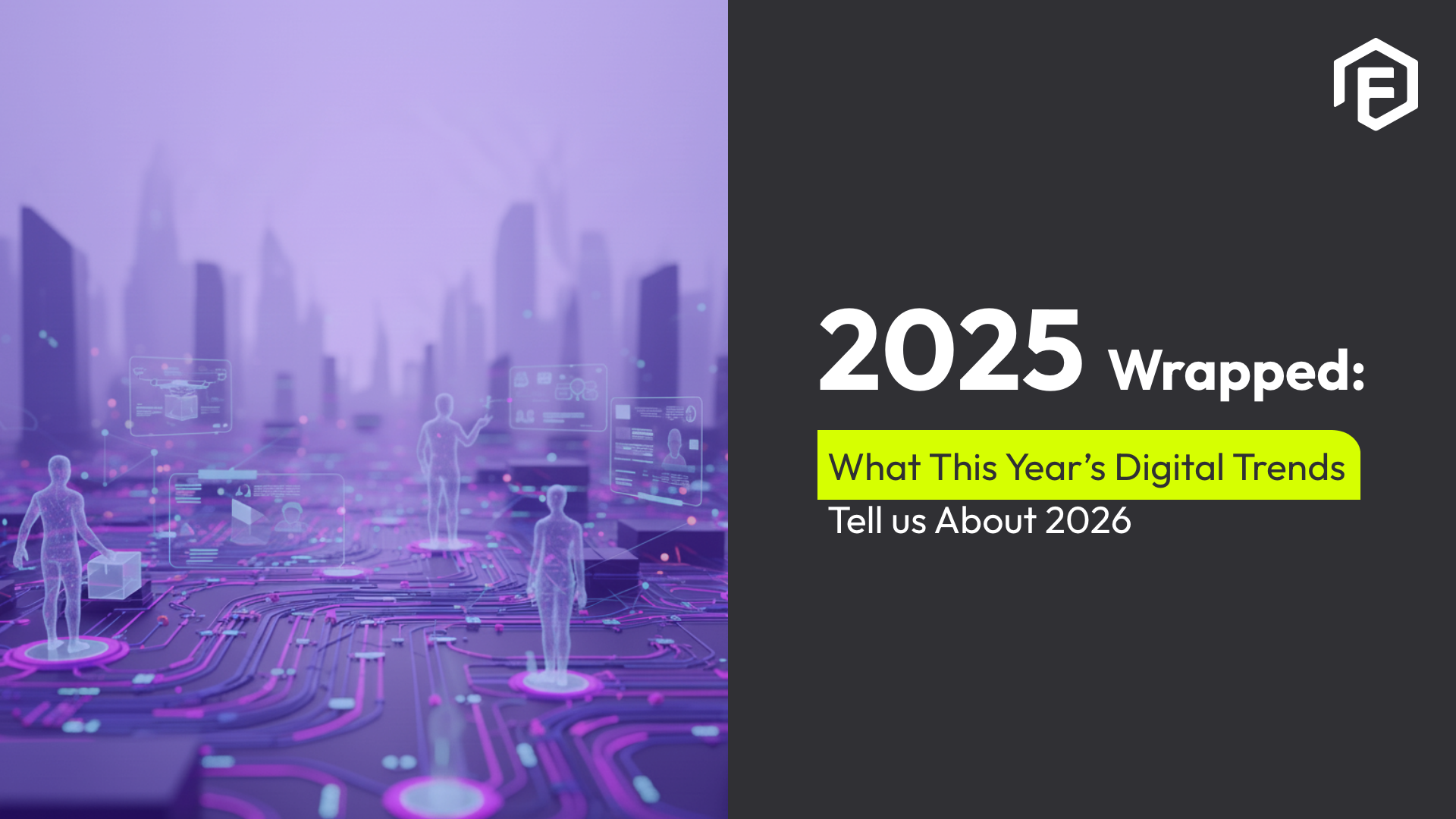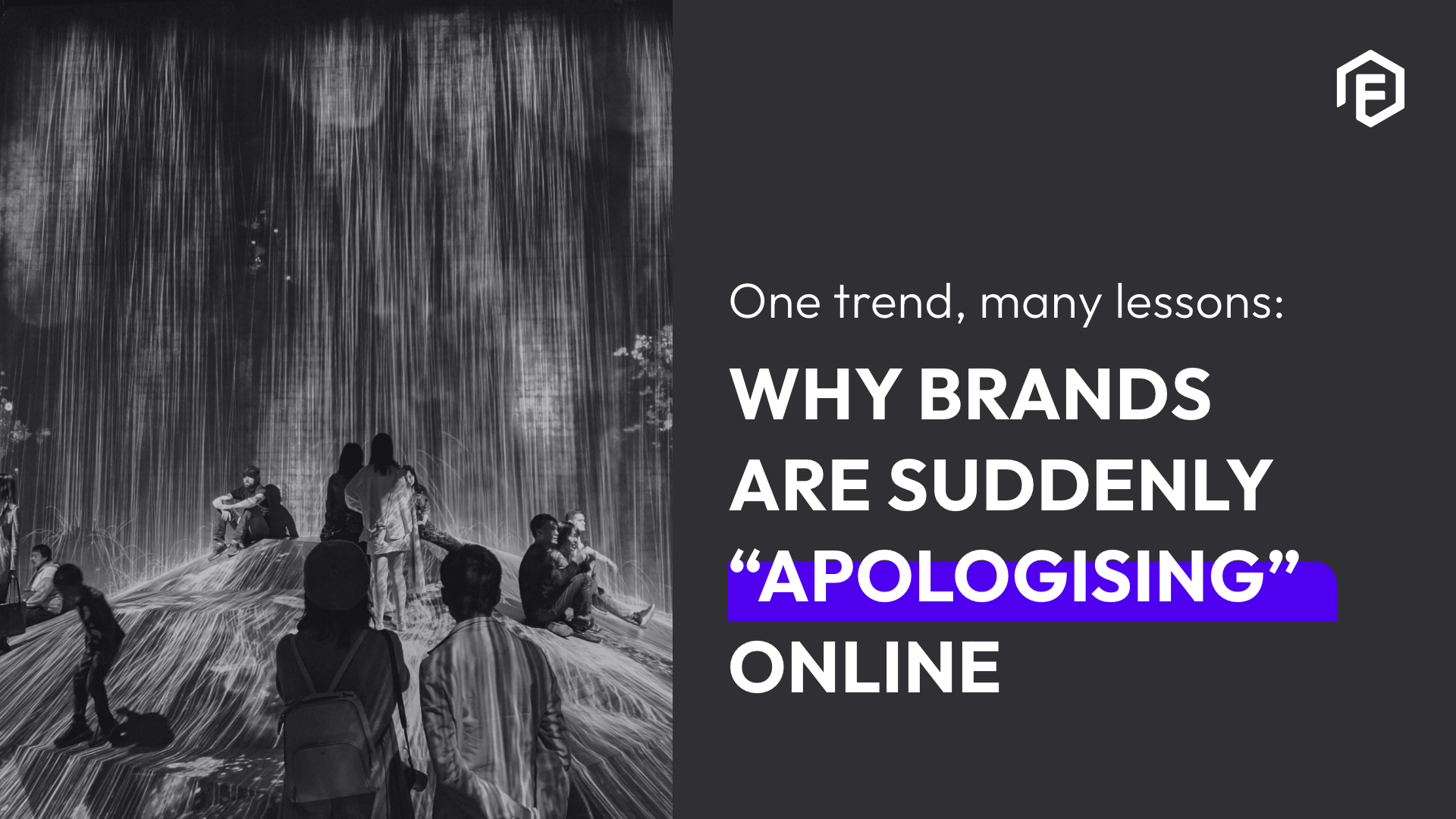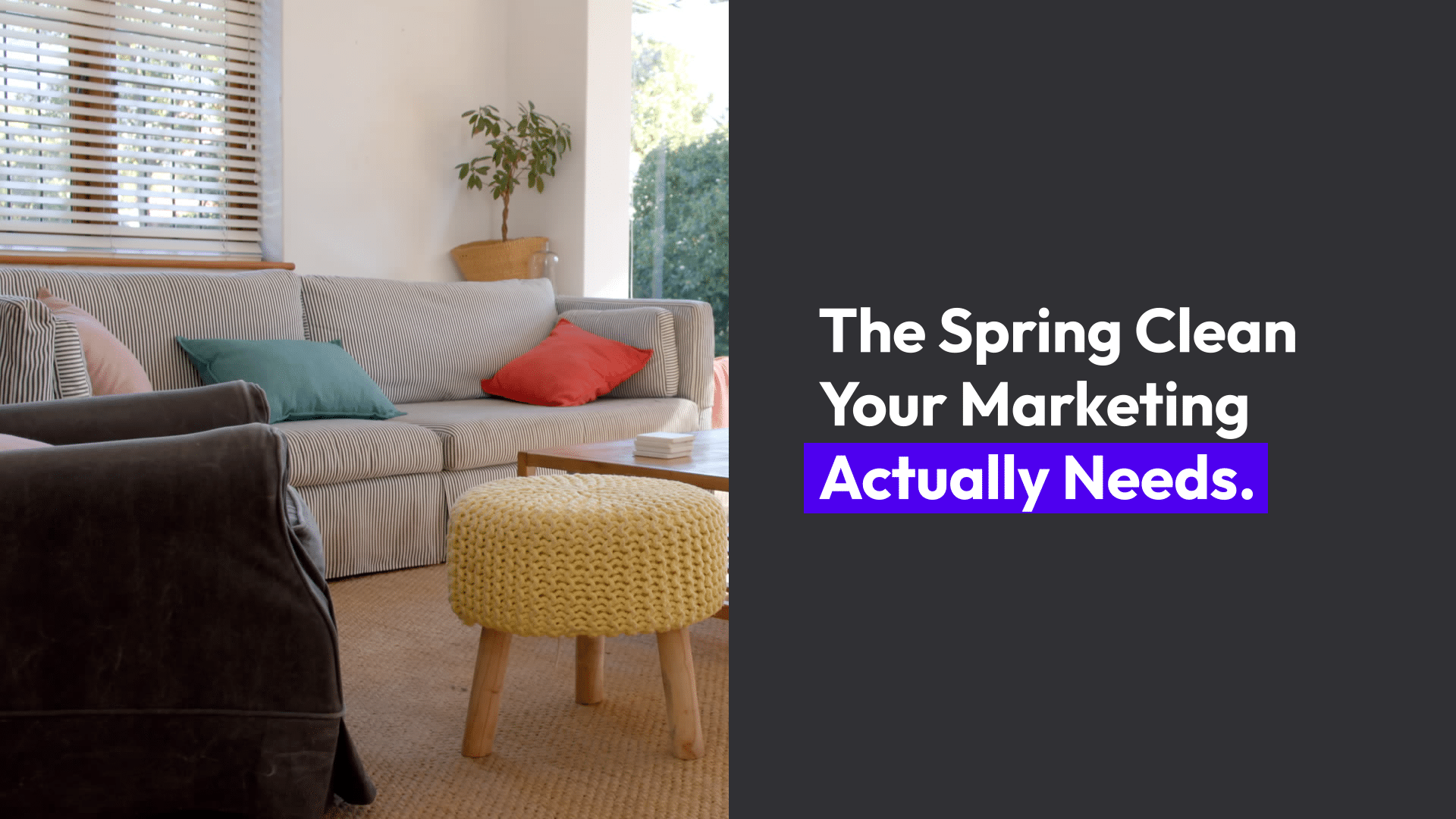If a blog post goes live in the forest of the internet and no one shares it, does it even matter? Philosophers may debate the sound of trees falling, but marketers know one thing for sure: silence doesn’t convert.
We live in a world where your content is up against baby goat videos, conspiracy memes, and 47 different influencers trying to sell the same skincare serum. In short: just hitting publish is not a strategy. You need firepower. You need a plan. And most of all, you need amplification, because without it, your content is just another voice shouting into the algorithmic abyss.
What Is Social Content Amplification?
Social content amplification is the digital equivalent of sending your content into battle with a jetpack instead of flip-flops. It’s the strategic practice of increasing the reach, visibility, and impact of content on social platforms, be it through organic shares, paid boosts, influencer support, or tactical reposting.
Whether you’re boosting a post on Meta platforms, reworking a blog into a LinkedIn carousel, or bribing your colleagues with coffee to reshare that latest campaign – amplification ensures your content doesn’t just exist, but travels.
It’s not just about numbers. It’s about strategic visibility.
Let’s Talk Strategy (And How Most People Fake It)
Before you start flinging money at social posts and calling it a day, remember: amplification without strategy is like glitter on a bin fire. Pretty, but ultimately pointless.
Real content strategy isn’t just a posting calendar colour-coded within an inch of its life. It’s a deliberate plan for creating and distributing content that aligns with your marketing objectives, brand voice, and target audience. This means every piece of content should do something. Drive awareness. Spark conversation. Educate. Convert. Make someone laugh so hard they forget their cart was still empty. When your content has purpose baked into it, it becomes far easier – and far more effective – to amplify.
Promotion vs. Amplification (Yes, There’s a Difference)
Let’s break it down:
- Promotion is you standing on a box shouting, “Read this blog!” to your existing followers.
- Amplification is you whispering it to someone who tells five friends, who each tell five more, who tag a micro-influencer, who posts about it while sipping a turmeric latte.
Promotion is first base. Amplification is where the magic (and metrics) happen.
Some practical examples:
- Scheduling a tweet? Promotion.
- Paying to push that tweet to a new demographic? Amplification.
- Turning that tweet into a meme that your intern then reshapes into a TikTok? Amplification with flair.
Formats That Earn Amplification
Some content types are just better looking in the algorithm’s eyes. Others are harder to boost than a cat on a leash. Here’s what actually works:
Short-form video:
The crown jewel. Think Reels, TikToks, YouTube Shorts. Fast, flashy, and algorithm-friendly.
Blog content:
Long-form still has a place, especially when paired with snackable snippets or bold visuals to tease it on social.
Social-first assets:
Carousels, polls, memes, interactive stickers. These aren’t just for Gen Z. They’re for anyone who has a thumb and is procrastinating at work.
Always-on content:
Pieces with long shelf lives are ripe for multiple waves of amplification. Don’t let good content die just because it’s not new.
Above all, format is only half the battle. The real test? Whether your audience gives a damn. If your content doesn’t earn attention, the algorithm won’t either.
Algorithms: The Emotionally Detached Gatekeepers
Here’s the brutal truth: platforms don’t care about your content. Not until your audience does.
Likes, comments, shares – they’re all signals. And these signals determine how far your content goes. This is why amplification isn’t just about doing more, it’s about doing what works for the people who already want to hear from you.
Ask yourself:
- Does your content solve a problem?
- Does it reflect something your audience feels?
- Would someone, somewhere, willingly forward it to their group chat?
If not, maybe it belongs in your drafts.
Smarter, Not Louder
If your strategy for amplification is “boost everything and pray,” it’s time to recalibrate.
Use data. Be selective. Rework strong content into new formats. Test everything. And don’t forget internal amplification, your team likely has hundreds of dormant followers who’ve never heard of your brand. Activate them. Incentivise them. Or at least flatter them into clicking “share.”
Also worth remembering: you don’t need to boost everything immediately. Some posts age like fine wine (or at least boxed rosé). Repackage and reamplify evergreen content regularly – it’s cheaper than starting from scratch.
Rethinking the End of the Funnel
Here’s where many campaigns fall apart: people treat amplification like a top-of-funnel tactic and then abandon the process when the clicks roll in. But if you want conversion, you need follow-through. Don’t just send people to a page – optimise that page. Build retargeting flows. Use the engagement data to sharpen your next move.
Amplification isn’t about one post going viral. It’s about building consistent, sustainable visibility. The kind that stacks over time and supports your broader objectives, whether that’s growing leads, loyalty, or your CEO’s LinkedIn ego.
Final Thoughts: Launch, Then Launch Again
The secret to winning in social content isn’t just creating something good. It’s making sure that good thing in question finds its way into the right feeds, at the right time, and with the right context.
That’s amplification.
And if you’re thinking, “Well, this sounds like a lot of effort,” you’re absolutely right. But you’re already spending time making content – why not make it count?
So, before you hit publish on your next post, stop and ask:
- Is this worth seeing?
- Who else should see it?
- How do I make sure it gets there?
Because in the digital world, content in motion stays in motion, and content left sitting quietly on your website gets outranked by a dancing grandma.
P.S. Don’t forget to share this article.
Flume is an independent, full-service digital marketing agency providing services that include SEO, web design and development, public relations, media buying, client service, UX/UI, and creative production. For more information visit www.flume.co.za or email us at [email protected] to say, well, “hello”.
-
Frequently Asked Questions
-
1. What is social content amplification, and why is it important?
- Social content amplification is the strategic practice of increasing the reach, visibility, and impact of content on social platforms through organic shares, paid boosts, influencer support, or tactical reposting. It’s crucial because it ensures your content reaches a wider audience, engages effectively, and avoids being lost in the crowded digital space.
-
2. How does amplification differ from promotion?
- Promotion involves sharing content directly with your existing followers, like scheduling a post. Amplification goes further by strategically expanding reach, such as paying to target new demographics, repurposing content into engaging formats like memes or videos, or leveraging influencers to share with their networks.
-
3. What types of content are most effective for amplification?
- Short-form videos (e.g., Reels, TikToks, YouTube Shorts), social-first assets (e.g., carousels, polls, memes), blog content paired with snackable snippets, and evergreen content with long shelf lives are highly effective. The key is creating content that resonates with your audience and earns engagement.
-
4. How do algorithms affect content amplification?
- Social media algorithms prioritize content based on engagement signals like likes, comments, and shares. Amplification works by creating content that sparks audience interaction, as platforms only boost content that audiences already care about, making emotional resonance and relevance critical.
-
5. How can I amplify content effectively without overspending?
- Focus on smarter strategies: use data to target the right audience, repurpose strong evergreen content, test different formats, and leverage internal amplification by encouraging your team to share. Optimize landing pages and use engagement data for retargeting to maximize ROI without boosting every post.



